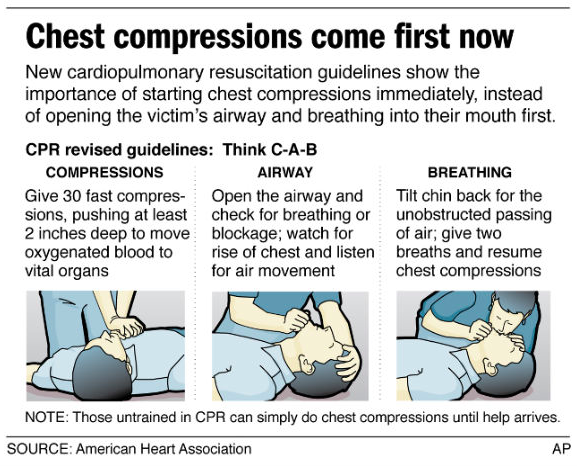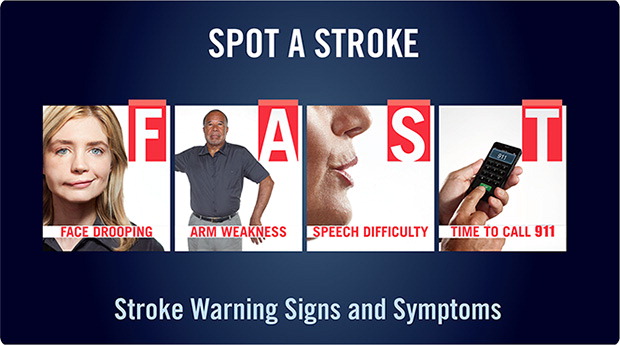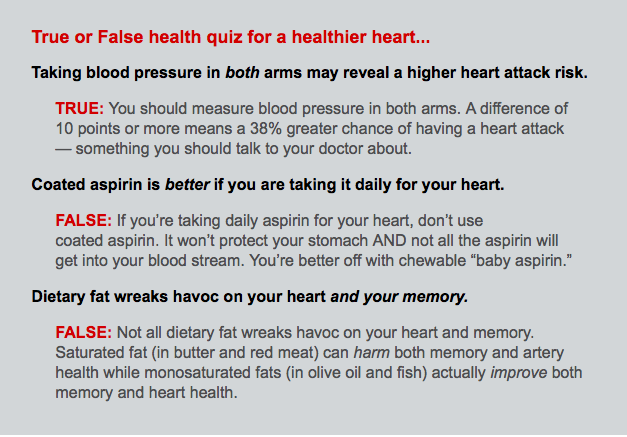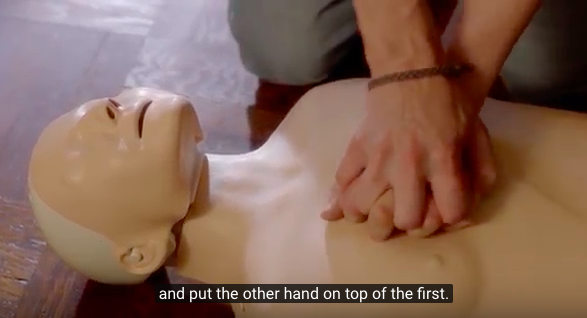Atrial Fibrillation Explained
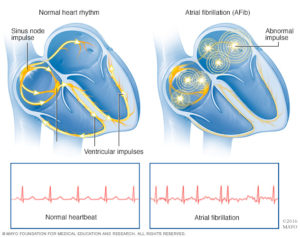
This page is unedited from the Mayo Clinic website.
Overview
Atrial fibrillation is an irregular and often rapid heart rate that can increase your risk of stroke, heart failure and other heart-related complications.
During atrial fibrillation, the heart’s two upper chambers (the atria) beat chaotically and irregularly — out of coordination with the two lower chambers (the ventricles) of the heart. Atrial fibrillation symptoms often include heart palpitations, shortness of breath and weakness.
Episodes of atrial fibrillation can come and go, or you may develop atrial fibrillation that doesn’t go away and may require treatment. Although atrial fibrillation itself usually isn’t life-threatening, it is a serious medical condition that sometimes requires emergency treatment.
It may lead to complications. Atrial fibrillation can lead to blood clots forming in the heart that may circulate to other organs and lead to blocked blood flow (ischemia).
Treatments for atrial fibrillation may include medications and other interventions to try to alter the heart’s electrical system.
Symptoms
Some people with atrial fibrillation have no symptoms and are unaware of their condition until it’s discovered during a physical examination. Those who do have atrial fibrillation symptoms may experience signs and symptoms such as:
- Palpitations, which are sensations of a racing, uncomfortable, irregular heartbeat or a flip-flopping in your chest
- Weakness
- Reduced ability to exercise
- Fatigue
- Lightheadedness
- Dizziness
- Confusion
- Shortness of breath
- Chest pain
Atrial fibrillation may be:
- Occasional. In this case it’s called paroxysmal (par-ok-SIZ-mul) atrial fibrillation. You may have symptoms that come and go, lasting for a few minutes to hours and then stopping on their own.
- Persistent. With this type of atrial fibrillation, your heart rhythm doesn’t go back to normal on its own. If you have persistent atrial fibrillation, you’ll need treatment such as an electrical shock or medications in order to restore your heart rhythm.
- Long-standing persistent. This type of atrial fibrillation is continuous and lasts longer than 12 months.
- Permanent. In this type of atrial fibrillation, the abnormal heart rhythm can’t be restored. You’ll have atrial fibrillation permanently, and you’ll often require medications to control your heart rate.
When to see a doctor
If you have any symptoms of atrial fibrillation, make an appointment with your doctor. Your doctor may order an electrocardiogram to determine if your symptoms are related to atrial fibrillation or another heart rhythm disorder (arrhythmia).
If you have chest pain, seek emergency medical assistance immediately. Chest pain could signal that you’re having a heart attack.

